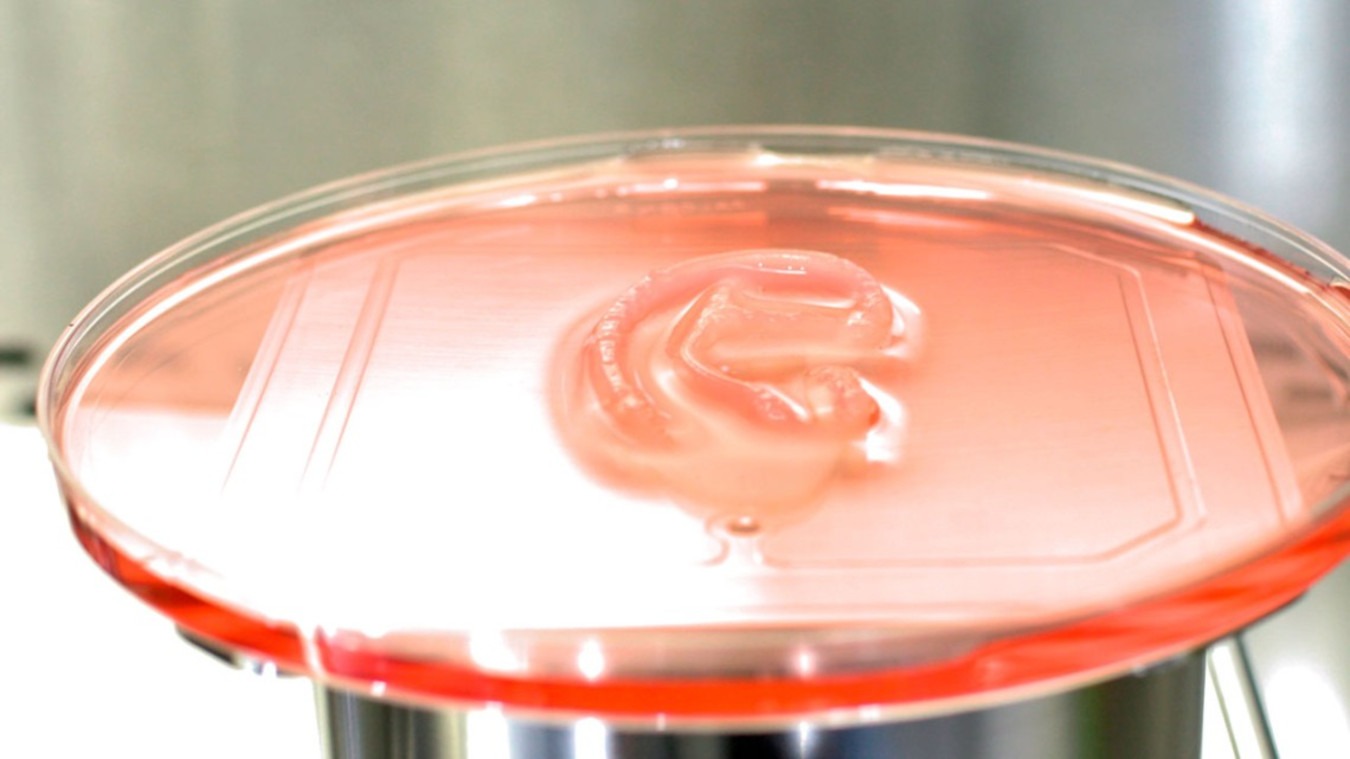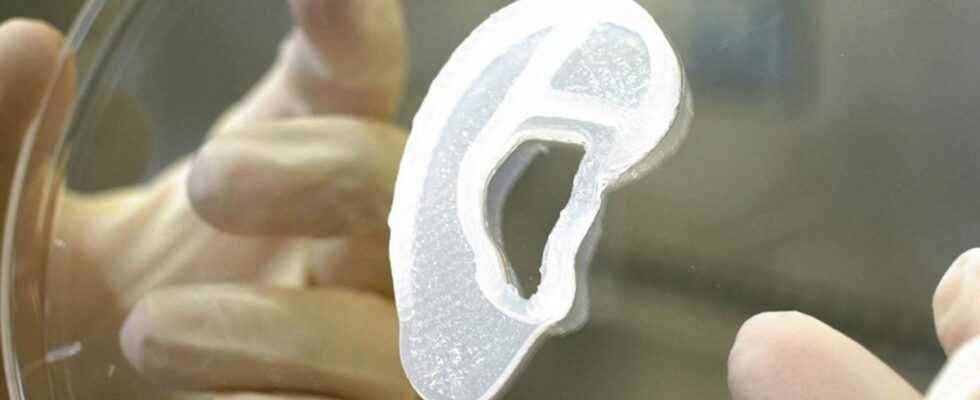Posted 1 day ago,
Reading 1 min.
Carried out by an American team, this operation was carried out as part of a clinical trial, with the aim of helping people who were victims of ear malformations at birth. The objective is to assess the safety and effectiveness of this implant.
The malformation of the outer ear that people experience at birth, called microtia, can be socially embarrassing. A clinical trial, which is taking place in California and Texas, includes eleven people with this malformation. It was launched with the aim of evaluating the safety and effectiveness of an implant that would be grafted in place of their missing ear. The first operation carried out in this context was announced yesterday, June 2.
A world first from the United States
This first human ear implant graft created from cells from the treated patient and using a 3D printer is a world first. The implant, called AuriNovo, was developed by the company 3DBio Therapeutics, and the operation carried out by Arturo Bonilla, founder of an institute specializing in the treatment of this malformation, in San Antonio, Texas.
Arturo Bonilla explains “that as a doctor who has treated thousands of children with microtia across the country and the world, I am excited about this technology and what it could mean for patients and their families.”.
3D impression of the opposite ear
To achieve this feat, the American medical team created a 3D impression of the patient’s other ear, by collecting cartilage cells from her ear. They were cultured and then mixed with a collagen hydrogel. It is this mixture that was used to print the implant. Over time, the ear should develop a normal appearance.

Dr. Bonilla hopes that this technique can one day replace the much more restrictive existing treatments. Indeed, at the present time to treat microtia, it is necessary to create a prosthesis from a sample of rib cartilage or to use porous polyethylene, two solutions less good than the graft carried out yesterday, according to him.

